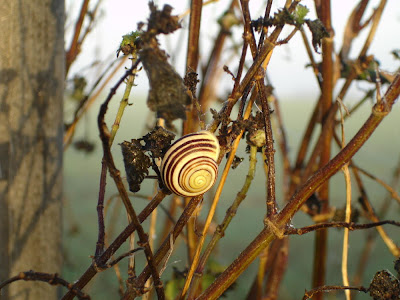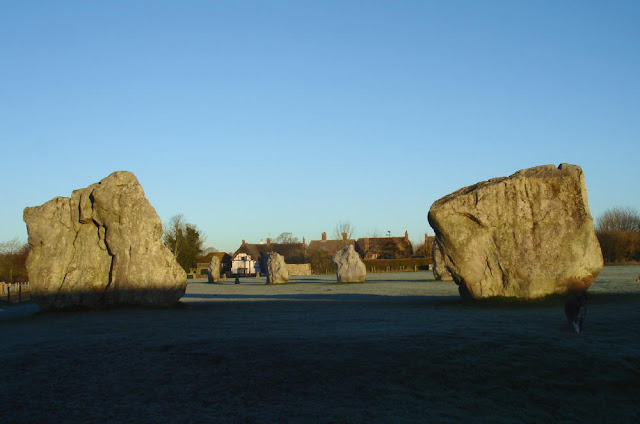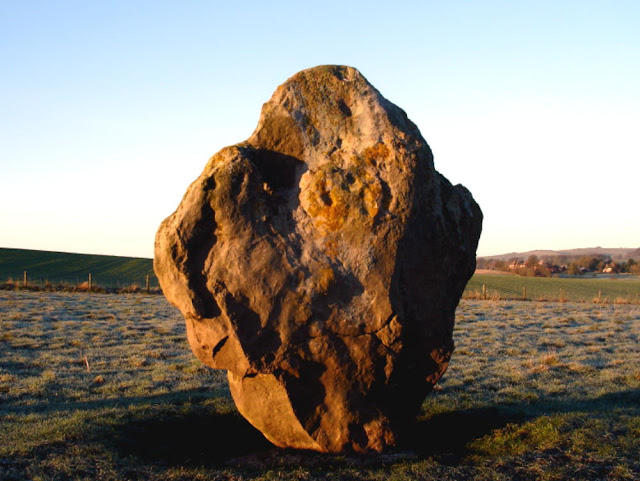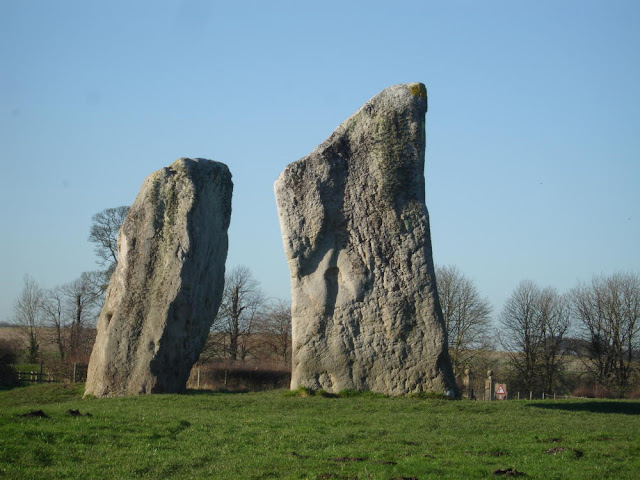
The link below will take you to William Long's article on Abury, and Silbury. The fascinating thing about these nineteen century articles, is that they mirror the same interest in old stones that we have today. And it is a sobering thought that though we may laugh at their Victorian findings based on the knowledge of that century, it is as well to remember the same may happen to us from the 22nd century, our knowledge is just as scant.
http://books.google.com/books?id=ADYGAAAAQAAJ&pg=PA338&lpg=PA338&dq=beisgawen&source=web&ots=SLxlifITB3&sig=O6U_m-DtsDXs2iwP5Y8ud_--f7U#PPA337,M1
Two points are of interest, the first is that Merewether mentioned that there were stones around the monument of Silbury. Long refutes this, saying that he was mistaken, and that had Merewether lived he would have amended this. On reading Dean Merewether's diary, what he actually said was that he had heard from others that there had been stones round Silbury, hearsay in other words. Given the extensive roman settlement round Silbury, the stones (if any) would probably have been removed.
The second point is the recent finds in Silbury of small sarsens, though one did in actual fact need two men to lift it. Our barrow-robbing Dean Merewether in his diary has words on this as well, his diary is both informative and a record of what he saw of the excavation and he says this of the primary mound when it was reached by the earlier tunnel...
"I therefore directed that a chamber be cut at right angles with the tunnel on the right hand, following the dip of the primary heap. In this many sarsen stones were discovered, some of them placed with their concave surface downwards, favouring the line of the heap, as is seen frequently in small barrows; and casing, as it were the mound. On the top of some of these were observed fragments of bones, and small sticks, as of bushes, and I am strongly disposed to think of mistletoe and two or three pieces of the ribs either of the ox or red deer, in a sound and unusually compact state, and also the tine of an antler in good state.......
This having been worked as far as seemed necessary, another cutting was commenced on the opposite side, and following the curve of the heaping up of the central cone. In all of these the sarsen stones were similarly disposed
Similar 'edging or kerbing stones' are found elsewhere, Charmy Down barrows excavated in the 1960s show similar kerbing.
The third point, this time made by William Long, is a brief reference to what seems to be a 'druid's barrow' on the opposite side of the road to Silbury, this could in actual fact be Silbaby,
as seen as a small double circle underneath the Roman road just to the east of Silbury on the following plate;
http://www.avebury-web.co.uk/plates/plate6.html
Reading Stukeley's words on this, and to be quite honest there is some confusion as to which druid's barrow he meant, or at least at what point a barrow was subsequently 'run over' by a roman road, but it seems that the roman road from Beckhampton to Devizes is the one he meant, where the 'crown' of a barrow is excavated into.
It does'nt really answer whether Silbaby was or is a barrow but it gives credence to the fact that the romans were quite capable of digging into a barrow should it be in the way.
Chapter 6 William Stukeley - Abury;
Beckhampton/Devizes Road; For this road is not finished though mentioned in Anton.It. only chalked out as we may properly say. Moreover the workmen for readiness have par'd off above of a sepulchral barrow on the right hand, of a very finely turne'd bell-like form, to make use of the earth....
...I could well enough discern from which point the roman workmen carry'd this way, by observing the discontinuity of their little pits, on account of the m,aterials they took from the large barrow viz Cunetio, Marlborough, to Verlucio Hedington and so to Bath....
Merewether's tunnel, though in reality it was others that dug and supervised it; the following is his account in his diary of the first digging of the tunnel;
The first 75 feet were cut through the natural and compact bed of chalk - the structure of the original hill; but at that distance the upper line of the tunnel cut into the surface of the original hill, which was clearly marked by the vegetable mould, and upon that by a layer of bluish clay about 2 inches thick, very soft and tenacious, which represented evidently the decayed and compressed turf and grass of the former surface of the hill; above this was the brownish earthy, chalky rubble, the artificial component of the mound differing from that nearer to the centre.....
http://tinyurl.com/3cmmyp












.jpg)



.jpg)





